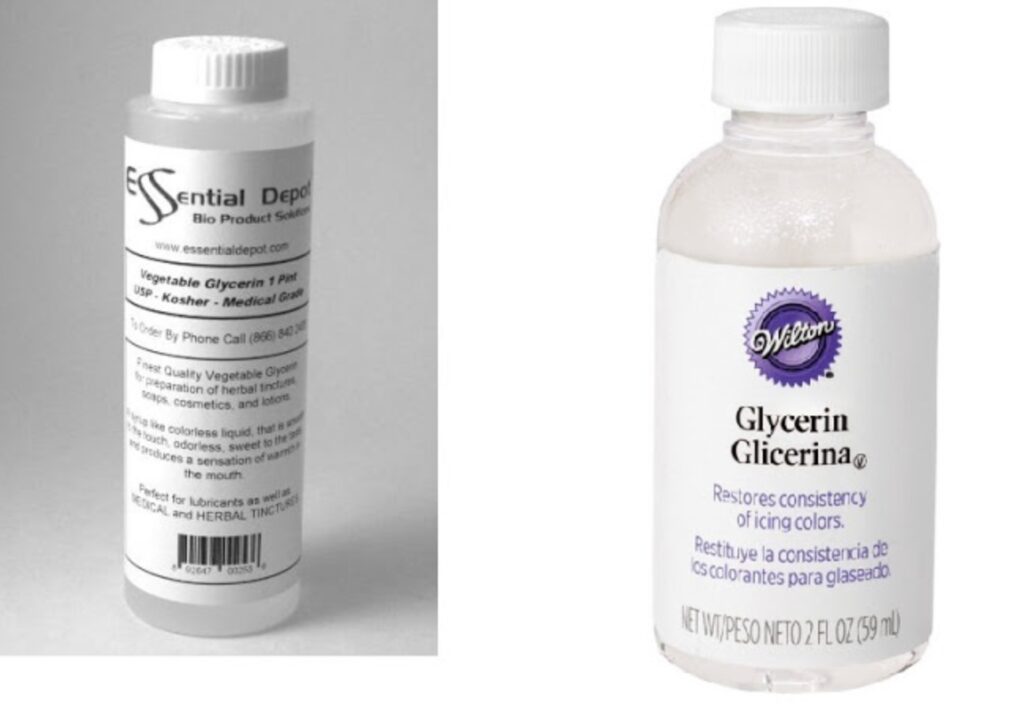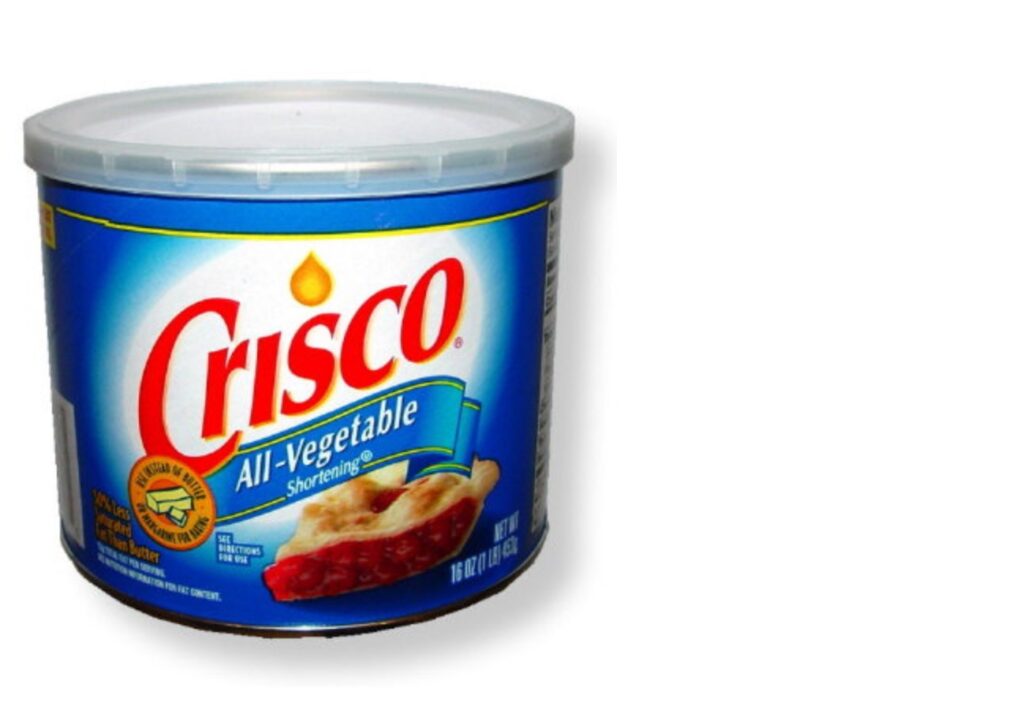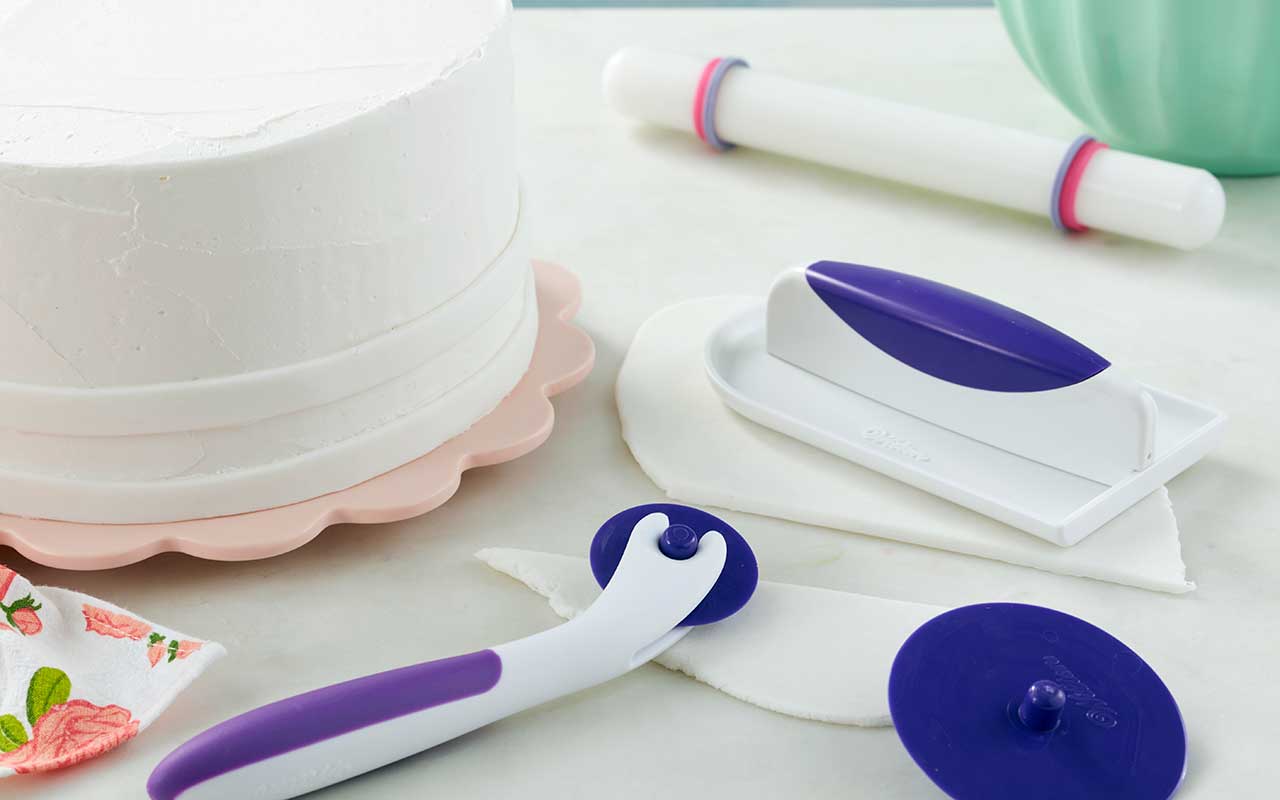When fondant is good, it’s good. Good fondant gives your cake a perfectly smooth and flawless finish.
If kept air tight, fondant lasts forever, but it starts to dry immediately when exposed to air and can be tricky to work with. Once your fondant is past its prime, there’s really nothing you can do to restore it to its formerly silky smooth state. However, while it will never be perfect, there are a few things you can try to make old, dry fondant workable again.
1. Glycerine. Glycerine is an ingredient in fondant that keeps it pliable and prevents it from drying out too quickly. (For a fascinating, scientific explanation of glycerine’s role in keeping fondant flexible, read this post on Joe Pastry’s blog.) Glycerine is a humectant (a moisture-retaining substance), so the molecules in glycerine bond with and trap water molecules, keeping your fondant moist.
It’s one of those ingredients you can buy in a drug store (as a humectant, glycerine also keeps hair and skin moist) for a fraction of the price of a cake decorating store. If you’re willing to forgo the fancy branding you can get a quart-sized bottle of Essential Depot glycerine (below, left) on Amazon for $17.48; the 2-ounce bottle of Wilton glycerine (below, right) is around $5. At just .43 cents per ounce, the Essential Depot is a much better value than the $2.50 per ounce Wilton glycerine. Just be sure that if you buy glycerine that’s not specifically marketed for cakes it says “Food Grade”.

To use, simply knead a little glycerine in to your fondant. Begin with about a teaspoon per pound of fondant, and work quickly to knead it in. This will buy you some time before your fondant dries out, but not much. Re-roll and apply your fondant.
Glycerine can also be used on fondant that’s been rolled out and applied to a cake but has a dry cracked appearance, sometimes known as “elephant skin”. Gently rub glycerine onto the cracked fondant using the tips of your fingers, taking care not to rub through to the cake.
2. Shortening. Usually known by the brand name Crisco, hydrogenated vegetable oil (shortening) is 100% fat (as opposed to butter, which is about 80% fat). Kneading a small amount in to your fondant can make it smoother and easier to work with. Be very careful: adding too much can make your fondant heavy and stretchy. (If this happens, add additional corn starch or sifted confectioners sugar and knead in until the proper consistency is restored.) Shortening, like glycerine, can also be rubbed onto cracked fondant after the fondant has been applied to the cake to remove the appearance of elephant skin.

3. Food Processor. The food processor method works especially well for smaller pieces of fondant. Simply place a small amount of fondant into the bowl of your food processor and pulse. The blades of the food processor with heat and soften your fondant, making it easier to work with. (This is also a good method for coloring fondant: Just add your food coloring along with your fondant to the bowl of your food processor and pulse.) The food processor will most likely break your fondant up into small balls which can then be easily gathered and kneaded together. Be sure not to put rock hard pieces in the food processor. (I learned the hard way that this can cause irreparable damage to your food processor.)
4. Microwave. The microwave is the absolute last resort. If your fondant has become so dry that kneading becomes virtually impossible, 30 seconds or so in the microwave will heat it enough to make it kneadable again. (Do test your microwave first using 10 second intervals.) However, this is a one shot deal. You have to work quickly to roll out your fondant and cover the cake, for once microwaved and the fondant cools down, your fondant will become even drier–almost crumbly–and cannot be used again.
Pear
I love your blog! Thanks for the great tips, wil try them soon
Helene
Love the explanations, have shared your page with my facebook page likers if you don’t mind
PEGGY HERD
Just tried the food processor idea for softening up some slightly crumbly chocolate fondant I was trying to make into black and revive from being a little old. I wasn’t covering an entire cake but making strips for a ribbon accent on a cake. This worked like a charm. Thanks for the tip
Erica OBrien
Hi Jen,
Unfortunately this doesn’t really work with gumpaste. Gumpaste has a lot of drying gums in it (e.g., tylose) that cause it to dry faster than fondant. The shortening might work a little.
Imagination Cakes
Hi Erica,
I was wondering does this apply to gum paste? I love the tips.
Marge
For GUM PASTE…use an egg white to bring moister back to gum paste.
A small amount will work wonders. Just a little dip into the white will do; knead the gum paste and you can wrap and let it set for a few minutes or if it is pliable can work with it right away.
Dough Girl
I love your blog! Thanks for the great tips, keep them coming
Erica OBrien
Thanks Nicole…You’re always so sweet with your comments.
Marcela: Absolutely okay! How considerate of you to ask!
Marcela
Great tips! Thanks for sharing! I posted a link to this post on my facebook page, I hope it is ok
Have a lovely Wednesday!
Nicole 🙂
I havent heard of the food processor! Ill have to give that a try when coloring fondant!! what a great idea!!

